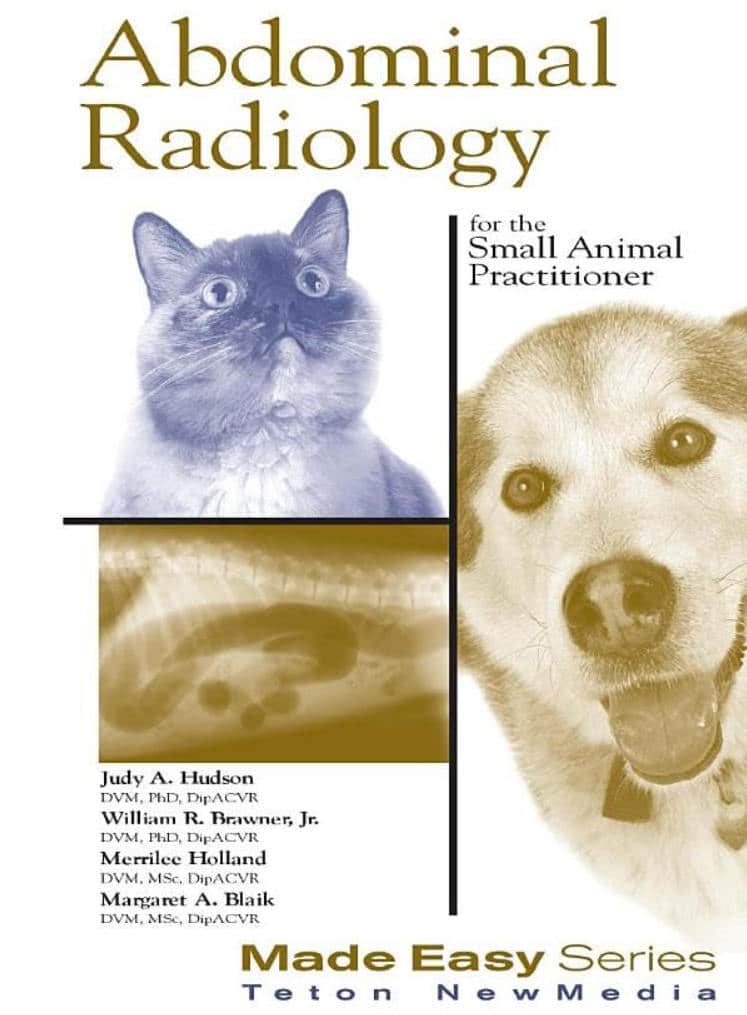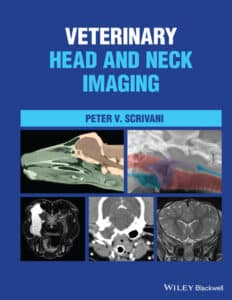
By Judith Hudson, William Brawner, Merrilee Holland, and Margaret Blaik
Abdominal Radiology for the Small Animal Practitioner provides a clear and systematic approach to abdominal radiographic interpretation in dogs and cats. With numerous high-quality images and step-by-step examples, it explains the diagnosis of common abdominal diseases, helping veterinarians identify pathology, assess progression, and make clinical decisions confidently.
- Step-by-step approach to small animal abdominal imaging
- Includes over 500 detailed radiographs and case studies
- Organized by body system for quick reference
- Ideal for both veterinary students and experienced practitioners

Recommended Book:
Get This Book














![Ettinger’s Textbook of Veterinary Internal Medicine 9th Edition [PDF+Videos] Ettinger’s Textbook of Veterinary Internal Medicine 9th Edition [True PDF+Videos]](https://www.vet-ebooks.com/wp-content/uploads/2024/10/ettingers-textbook-of-veterinary-internal-medicine-9th-edition-100x70.jpg)

![Textbook of Veterinary Diagnostic Radiology 8th Edition [PDF+Videos+Quizzes] Thrall’s Textbook of Veterinary Diagnostic Radiology, 8th edition PDF](https://www.vet-ebooks.com/wp-content/uploads/2019/09/textbook-of-veterinary-diagnostic-radiology-8th-edition-100x70.jpg)






